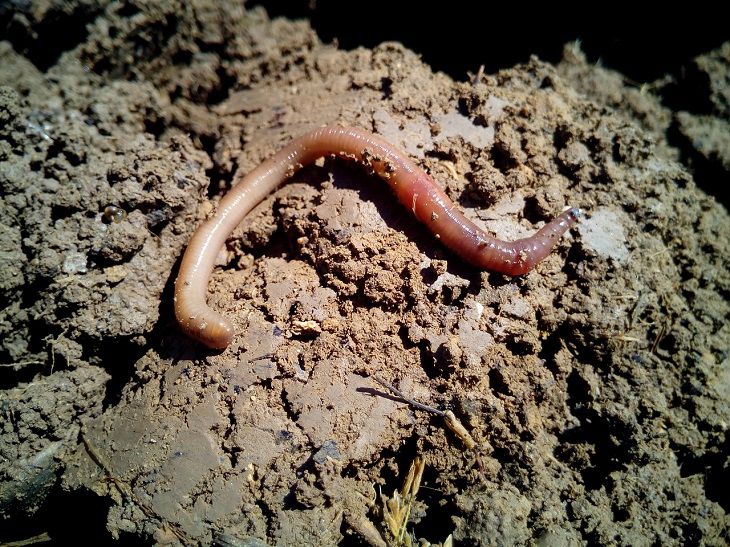How to Make Unique Fertilizer from Household Waste: An Australian Farmer's Method That Can Be Used in the Country
Today, summer residents spend considerable sums of money on purchasing seeds, components for soil mixtures, fertilizers and plant protection products.
This list also includes biohumus. But biohumus can be made by yourself, or more precisely, by worms. And household waste is suitable for this purpose.
What is vermicompost?
Biohumus is the result of processing organic remains by worms. Worms eat organic matter, producing a uniquely nutritious soil composition. It is enough to add it to a cup with seedlings, to a hole when planting or to a bed in a small amount to provide plants with nutrients.
What worms are needed?
In vegetable gardens, earthworms, familiar to everyone, are engaged in recycling. They are especially numerous where leaves rot, manure is introduced, or grass rots. But earthworms do not reproduce very quickly, and can leave during drought in search of water. And they cannot be "relocated" to the right place, for example, to a compost bin.
Another thing is red Californian worms. They look like earthworms, but have a reddish tint to their bodies. It is not difficult to acquire them, but the benefits will be enormous.

Under favorable conditions, Californian worms double their population in 2 months. They are quite voracious, so they process organic matter into biohumus very quickly. They can be placed in a compost heap or compost bin. Biohumus will form below, and household organic waste should be added on top so that the red workers always have food.
The Jeff Lawton Method
Jeff Lawton is an Australian farmer and permaculture consultant. He uses worms on his farm not only to produce vermicompost, but also to make worm juice.
Worm juice is a nutritious liquid that can be diluted with water and used to feed plants. And it is very easy to obtain.
Lawton uses an old bathtub for this purpose. In it, worms process waste from the kitchen and garden, turning it into vermicompost. And from the drain hole, a liquid enriched with nutrients flows into a container. Lawton calls it worm juice and actively uses it in agriculture.
What is the advantage of using worms?
Biohumus and worm juice can be made at the dacha and even at home. When the worms "work", there is no unpleasant smell, so many people set up a "worm farm" in the house in winter, placing the worms in a bucket with a lid and constantly putting household waste in it. This is an environmentally friendly way to recycle kitchen waste even in winter.
The only drawback of the Californian worm is that it dies at sub-zero temperatures. Therefore, the compost bin needs to be insulated for the winter. Or take some of the worms into the house, where they will safely survive until spring, simultaneously producing valuable fertilizer.
